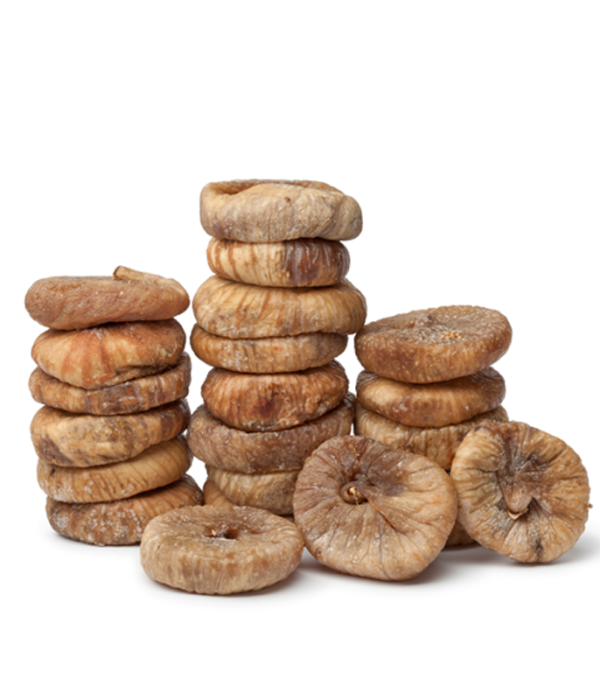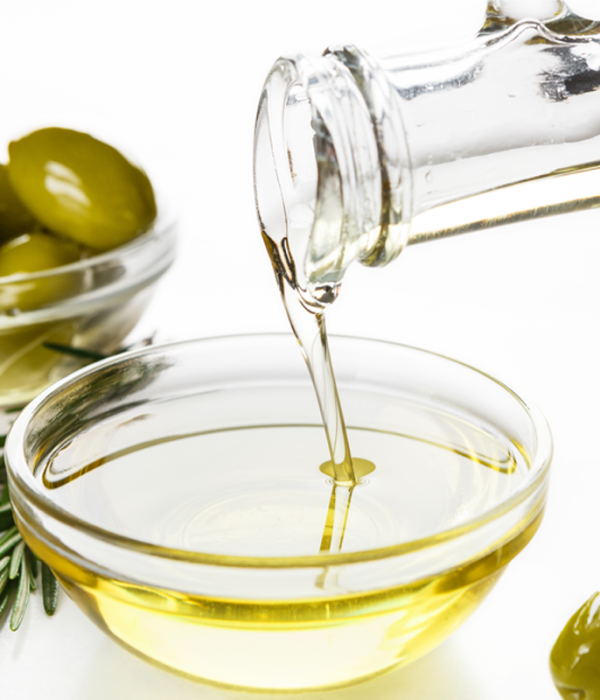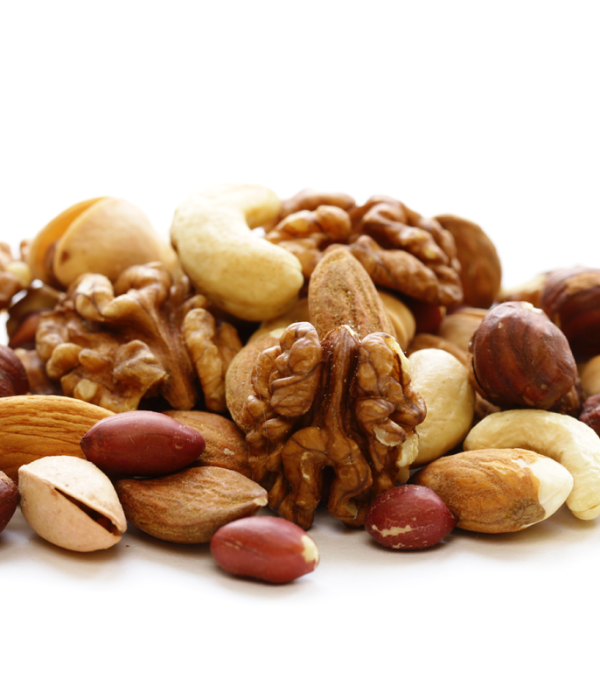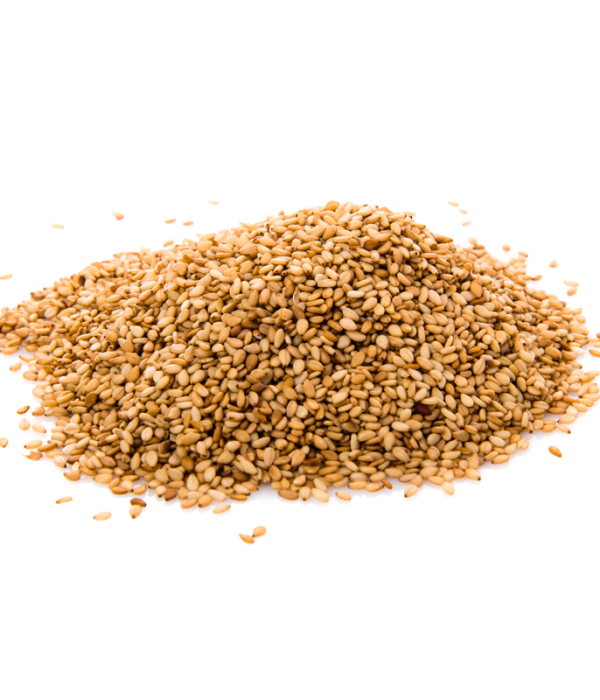Our Product Range

Fig
Turkish figs are a delicious and nutritious fruit that is highly regarded for its sweet and distinctive flavor. Figs have been cultivated in Turkey for thousands of years and are an integral part of Turkish cuisine and culture.
Turkish figs are known for their unique taste and texture. They are plump and juicy with a luscious sweetness that is hard to resist. The figs grown in Turkey have a deep, rich flavor that is often described as honey-like. Their soft and tender flesh makes them a delightful snack or a versatile ingredient in both sweet and savory dishes.
One of the most famous varieties of Turkish figs is the Aydın fig, which is named after the province of Aydın in western Turkey. Aydın figs are renowned for their exceptional quality and are often exported to other countries. These figs are large, sweet, and have a thin skin that adds to their appeal.
In addition to their delicious taste, Turkish figs are also packed with nutritional benefits. They are a good source of dietary fiber, which aids in digestion and promotes a healthy digestive system. Figs also contain essential minerals like potassium, calcium, and iron, as well as vitamins A and K.
Turkish figs are enjoyed in various forms. They can be eaten fresh, dried, or used in cooking and baking. Dried figs are particularly popular and are often used in desserts, pastries, and confections. They can also be added to salads, yogurt, or enjoyed as a standalone snack.
Overall, Turkish figs are a delightful fruit that offers both a burst of flavor and a range of health benefits. Whether you enjoy them fresh or dried, their unique taste and versatility make them a beloved ingredient in Turkish cuisine and a popular choice worldwide

Olive Oil
Turkish olive oil is highly regarded for its exceptional quality and distinct flavor. Turkey has a long-standing tradition of olive cultivation, and its olive oil production is recognized globally.
The geographical diversity of Turkey provides an ideal environment for growing olives. The country’s Mediterranean and Aegean regions, in particular, are known for their favorable climate and fertile soil, which contribute to the superior quality of Turkish olive oil.
Turkish olive oil is predominantly produced from two main olive varieties: Memecik and Ayvalık. These olives are carefully harvested and processed to extract the oil, ensuring that the flavors and aromas are preserved.
One of the key factors that sets Turkish olive oil apart is the traditional cultivation and production methods employed. Many olive groves in Turkey are still maintained through sustainable and organic practices, with an emphasis on preserving the natural integrity of the olives.
The resulting olive oil boasts a robust and fruity flavor profile, with a harmonious balance of bitterness and peppery notes. It is often described as having a distinct grassy aroma and a rich golden hue. The high-quality Turkish olive oil is typically extra virgin, indicating that it is produced solely by mechanical means without any chemical refining.
Turkish olive oil is not only appreciated for its taste but also for its numerous health benefits. It is a rich source of monounsaturated fats, which are known to promote heart health and reduce cholesterol levels. Additionally, it contains antioxidants and anti-inflammatory properties that contribute to overall well-being.
In Turkey, olive oil is an integral part of the culinary culture. It is used in a variety of dishes, from salads and dressings to sautéed vegetables and grilled meats. Its versatility and distinct flavor make it a staple ingredient in Turkish cuisine.
Overall, Turkish olive oil stands out for its exceptional quality, traditional production methods, and unique flavor profile. It is not only a culinary treasure but also a symbol of Turkey’s rich agricultural heritage and commitment to sustainable practices

Turkish Delight
Turkish Delight, also known as Lokum, is a beloved confection that has gained popularity worldwide. This sweet treat has a rich history and a unique taste that has captivated the hearts and palates of many.
Originating in Turkey, Turkish Delight dates back centuries and has become an integral part of the country’s culinary heritage. It is made by combining sugar, water, and cornstarch, which are then flavored with various ingredients such as rosewater, lemon, pistachios, or other fruits and nuts.
What sets Turkish Delight apart is its distinct chewy and gelatinous texture. The confection is often dusted with powdered sugar to prevent sticking and to add a delightful sweetness. It comes in a variety of flavors and colors, each offering a different taste experience.
One of the most popular types of Turkish Delight is the rose-flavored variety. The delicate floral aroma combined with the soft, jelly-like texture creates a unique sensory experience. Other flavors like lemon, orange, and mint are also widely enjoyed.
Turkish Delight is not only appreciated for its taste but also for its cultural significance. It is commonly served as a gesture of hospitality in Turkey and is a staple during festive occasions and celebrations. It is also a popular souvenir for visitors, showcasing the country’s confectionery craftsmanship.
In recent years, Turkish Delight has gained global recognition and is enjoyed by people of various cultures. It can be found in specialty sweet shops, online stores, and even in international markets. Its unique texture and enticing flavors have made it a favorite indulgence for many.
Whether you savor a traditional rose-flavored Turkish Delight or explore other enticing varieties, this confectionery delight offers a delightful combination of taste, texture, and cultural heritage. It continues to be a cherished treat that brings joy and sweetness to those who indulge in its sugary delights.

Jams
Jam, known as “reçel” in Turkish, is a delicious and versatile spread that is enjoyed worldwide. Made from various fruits, sugar, and sometimes pectin, jam has a long history and holds a special place in many culinary traditions.
In Turkey, making jam is a cherished tradition, especially during the summer months when an abundance of fresh fruits is available. The process involves cooking the fruit with sugar until it reaches a thick, spreadable consistency. The result is a flavorful preserve that captures the essence of the fruit.
Turkish jam comes in a wide array of flavors, reflecting the diverse fruit varieties grown in the country. Popular choices include strawberry, apricot, cherry, fig, and quince, among others. Each fruit lends its unique taste and aroma to the jam, creating a symphony of flavors.
Turkish jam is known for its rich, vibrant colors and natural flavors. It is often enjoyed as a breakfast staple, spread on freshly baked bread or toast. It can also be used as a filling in pastries, cakes, and cookies, adding a burst of fruity sweetness.
What sets Turkish jam apart is the emphasis on preserving the natural essence of the fruit. Many jam-makers prioritize using high-quality, locally sourced fruits and minimal additives. This commitment to quality ensures that the flavors remain authentic and the texture remains luscious.
In addition to its delicious taste, jam also offers nutritional benefits. Fruits are a great source of vitamins, minerals, and antioxidants, and these qualities are preserved in the jam-making process. However, it’s important to note that jam is high in sugar, so it should be consumed in moderation as part of a balanced diet.
Whether enjoyed at breakfast or used in desserts, Turkish jam adds a delightful touch to any culinary creation. Its versatility, vibrant flavors, and connection to Turkish culinary traditions make it a beloved treat that is cherished both locally and internationally.

Nuts
Turkish nuts and dried fruits are renowned for their exceptional taste, quality, and variety. Turkey’s climate and fertile lands provide the perfect conditions for growing a wide range of nuts and fruits, making them an integral part of Turkish cuisine and culture.
One of the most popular Turkish nuts is the pistachio. Known for its vibrant green color and distinct flavor, Turkish pistachios are highly sought after worldwide. They are often enjoyed as a snack on their own or used as a flavorful ingredient in both sweet and savory dishes.
Another beloved Turkish nut is the hazelnut. Turkey is one of the leading producers of hazelnuts globally, and Turkish hazelnuts are known for their rich flavor and crunchy texture. They are commonly used in desserts like baklava and chocolate spreads, adding a delightful nutty taste.
Walnuts are also prominent in Turkish cuisine. They are widely used in traditional dishes, salads, and pastries. Turkish walnuts are prized for their meaty texture and slightly bitter taste, making them a versatile ingredient in both sweet and savory recipes.
Alongside nuts, dried fruits play a significant role in Turkish cuisine. Dried apricots, known as “kuru kayısı,” are a staple. They have a vibrant orange color and a sweet-tart flavor. Dried figs, called “kuru incir,” are also popular and are enjoyed as a healthy snack or used in various desserts and baked goods.
Other dried fruits commonly found in Turkey include raisins, dates, and dried cherries. These fruits are packed with natural sweetness and are often used in desserts, pilafs, and stuffing recipes. They add a delightful burst of flavor and texture to a wide range of dishes.
Turkish nuts and dried fruits are not only enjoyed for their taste but also for their nutritional benefits. They are rich in essential nutrients like vitamins, minerals, and fiber, making them a healthy choice for snacking.
Whether you indulge in the crunchy goodness of Turkish pistachios, the rich flavor of hazelnuts, or the natural sweetness of dried fruits, Turkish nuts and dried fruits offer a diverse range of flavors and textures. They are a testament to Turkey’s agricultural abundance and continue to be a beloved part of Turkish cuisine and a favorite choice for snack enthusiasts worldwide.

Dry Fruit
Dried fruits are a popular and nutritious snack enjoyed worldwide. These fruits undergo a drying process, which removes their water content while preserving their natural flavors and nutrients. Dried fruits offer a convenient and delicious way to enjoy the goodness of fruits all year round.
Dried fruits come in a wide variety, with each fruit offering its own unique taste and texture. Common types of dried fruits include raisins, dates, apricots, figs, prunes, and cranberries, among others. Each fruit retains its distinctive flavor, and the drying process often enhances their natural sweetness.
One of the key advantages of dried fruits is their extended shelf life compared to fresh fruits. This makes them a convenient and portable snack, ideal for on-the-go or for adding to trail mixes and packed lunches. Dried fruits also maintain their nutritional value, providing a concentrated source of vitamins, minerals, and dietary fiber.
Dried fruits offer a host of health benefits. They are a good source of antioxidants, which help protect the body against damage from harmful free radicals. They also provide essential minerals like potassium, iron, and magnesium. Moreover, dried fruits can contribute to digestive health due to their high fiber content.
These versatile treats can be enjoyed in various ways. Dried fruits can be eaten on their own as a satisfying snack or used as an ingredient in recipes such as baked goods, granola bars, salads, and even savory dishes like tagines and stews. They can add a burst of natural sweetness and a delightful chewy texture to a wide range of culinary creations.
When purchasing dried fruits, it is essential to choose varieties without added sugars or preservatives, if possible, to ensure a healthier product. Storing dried fruits in a cool, dry place will help maintain their quality and freshness.
In conclusion, dried fruits offer a convenient, flavorful, and nutritious alternative to fresh fruits. Their versatility and long shelf life make them a popular choice for snacking and cooking. Whether enjoyed on their own or incorporated into recipes, dried fruits provide a delightful burst of natural goodness and are a great way to enjoy fruits year-round.

Seeds
Poppy seeds and sesame seeds are two popular ingredients in various cuisines around the world. They both add a unique flavor and texture to a wide range of dishes, making them versatile and beloved additions to many recipes.
Poppy seeds, derived from the opium poppy plant, are tiny, round seeds with a distinct nutty flavor. They are commonly used in baking, particularly in pastries, bread, and desserts. Poppy seeds are often sprinkled on top of bagels or incorporated into fillings for cakes and pastries, adding a crunchy texture and a mild, slightly sweet taste.
Sesame seeds, on the other hand, come from the sesame plant and are available in two main varieties: white and black. They have a delicate, nutty flavor that intensifies when toasted. Sesame seeds are widely used in both sweet and savory dishes across various cuisines. They are commonly found in baked goods, bread, and cookies, while also being a key ingredient in sauces, dressings, and dips like tahini.
In addition to their culinary uses, both poppy seeds and sesame seeds offer nutritional benefits. They are rich in healthy fats, protein, and dietary fiber. Sesame seeds, in particular, are an excellent source of calcium and iron. Incorporating these seeds into your diet can contribute to a well-rounded and nutrient-dense eating plan.
It’s important to note that while poppy seeds are generally safe for consumption, they can contain trace amounts of opium alkaloids. Therefore, it is advised to consume them in moderation.
Whether you enjoy the crunchy texture and mild sweetness of poppy seeds or the nutty flavor and versatility of sesame seeds, both of these seeds add a delightful element to various dishes. From baked goods to sauces and dressings, they bring a unique taste and visual appeal to culinary creations worldwide.
